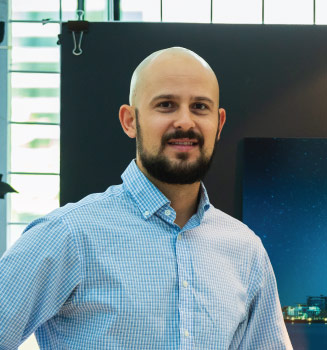Plant Science
AI system facilitates plant imaging from the start
An AI-powered imaging system called MutipleXLab provides rapid automated phenotyping of seed germination and root growth that will help select plants that grow well.
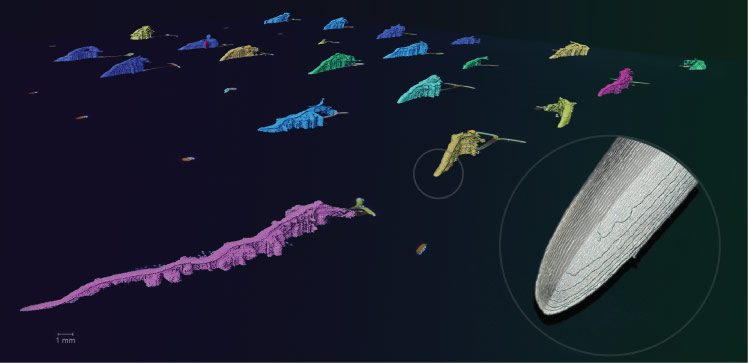
KAUST researchers have developed a low-cost system for imaging plant growth dynamics. © 2022 KAUST; Vinicius Lube. /en/article/1247/ai-system-facilitates-plant-imaging-from-the-start
KAUST researchers have developed a low-cost system for imaging plant growth dynamics. © 2022 KAUST; Vinicius Lube. /en/article/1247/ai-system-facilitates-plant-imaging-from-the-start
For plant biologists, understanding how plants grow and interact with soil is vital for selecting resilient crops that can efficiently take up water and nutrients. But how do you monitor what is happening underground?
To address this challenge, a team from KAUST has developed a low-cost system for imaging plant growth dynamics, noninvasively and at high throughput.
Unlike other imaging tools, which are costly and stationary, the new system called MutipleXLab, is modular, mobile and, at a low cost, can continuously monitor thousands of seeds, from germination to root development.
“Our system combines high-throughput phenotyping with high resolution, a common bottleneck in plant phenomics,” says Ph.D. student Vinicius Lube.
“It has exceptional resolving power at both large field-of-view and high resolution when compared to other optical systems.”
Testing MutipleXLab on Arabidopsis plants to monitor seed germination and root growth provided robust data and precise evaluation of germination index and hourly growth rate between different mutants.
The team used computer vision and pattern recognition technologies combined with machine learning to analyze and quantify root growth dynamics.
“The image segmentation models we developed are essential to allow the system to fully operate at high-throughput with minimal human supervision,” explains Lube.
“The system’s ability to image and quantify the growth rate of several samples simultaneously allowed us to extract new phenotypes. For example, we could identify faster and slower growth for different plant mutants.”
The system can also dissect differences between mutants and evaluate seed quality in different seed batches.
Plant scientist Ikram Blilou says MutipleXLab is a creative system that allows the capture of dynamic biological processes at high resolution in space and time under challenging environments.
“Its power lies in its automated and easy mode of operation combined with low cost,” she says.
They plan to commercialize MutipleXLab and believe it could be a valuable tool for plant biologists, the seed industry, crop scientists and breeding companies. Blilou and Lube have also co-founded a startup website.
“It can be used to test and evaluate the viability of seed batches, to screen for particular phenotypes including germination rates and root length, and to screen mutants or cultivars under various conditions, assessing their response to stresses such as salinity and nutrient deficiency,” says Blilou.
“It could also be used to monitor the response of plants to growth promoting substances and beneficial bacteria or resistance to pathogens.”
References
- Lube, V., Noyan, M.A., Przybysz, A., Salama, K. & Blilou, I. MultipleXLab: A high-throughput portable live-imaging root phenotyping platform using deep learning and computer vision. Plant Methods 18, 38 (2022).| article
You might also like

Bioscience
Hidden flexibility in plant communication revealed
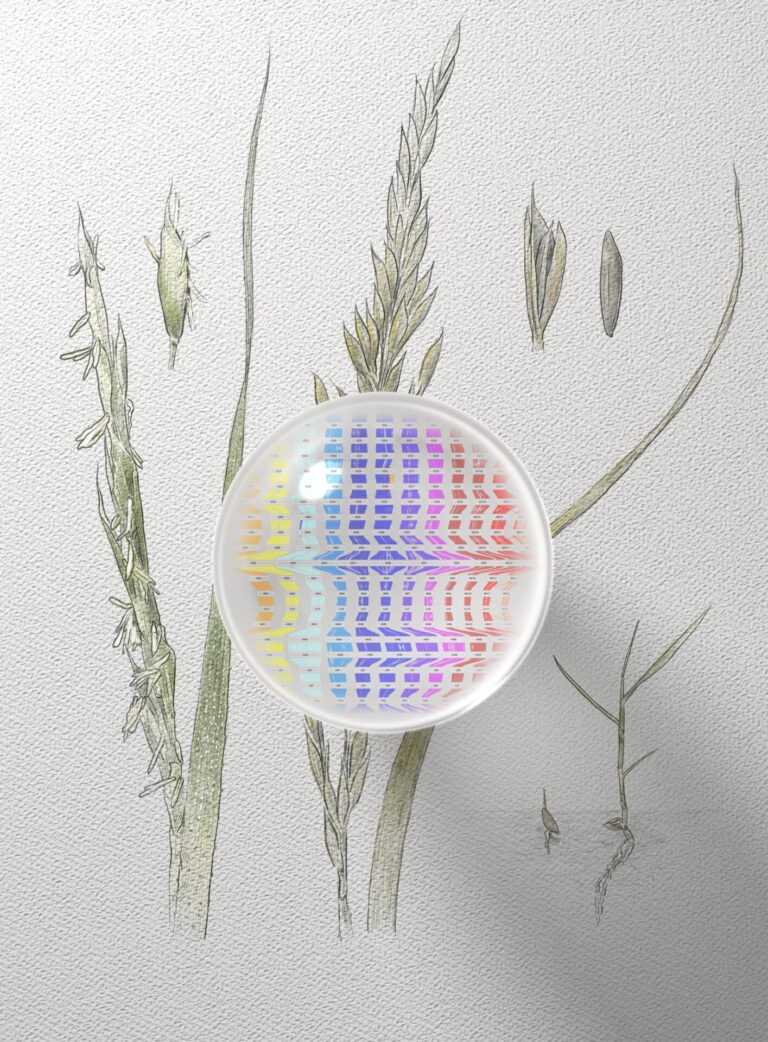
Plant Science
Reference genomes for rice’s wild relatives may boost future crops

Bioscience
Digging into the world of plant-growth-promoting microbes
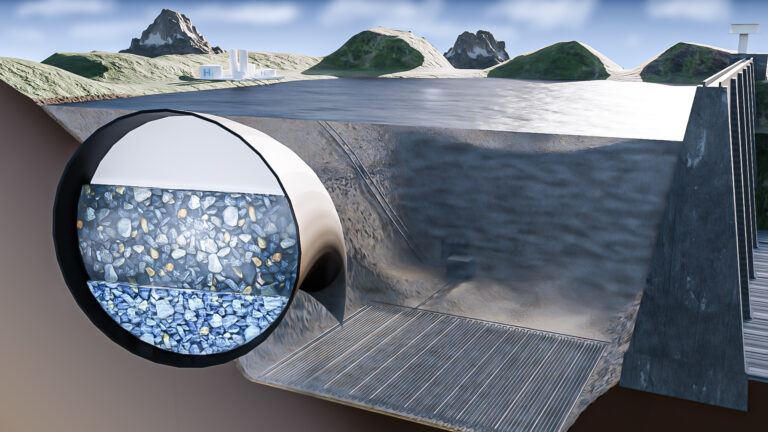
Environmental Science and Engineering
Hydrogen storage solution could lie in lakes

Bioscience
Unraveling modern bread wheat from the genes up
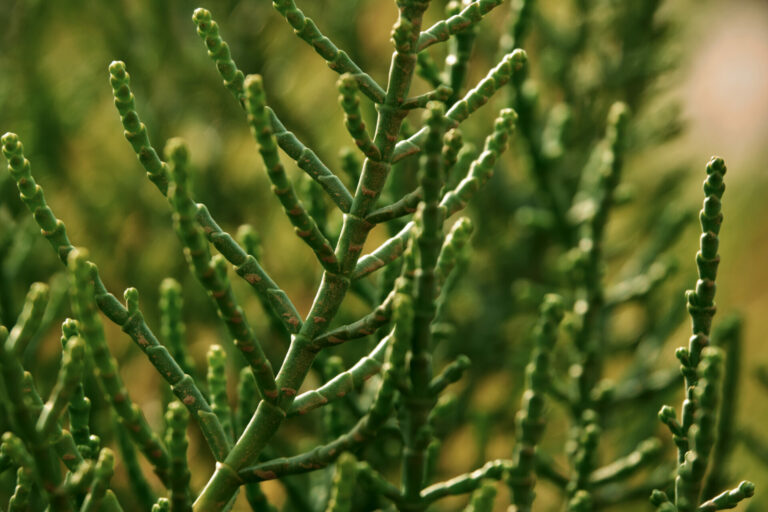
Bioscience
Why do some plants thrive in saline conditions?
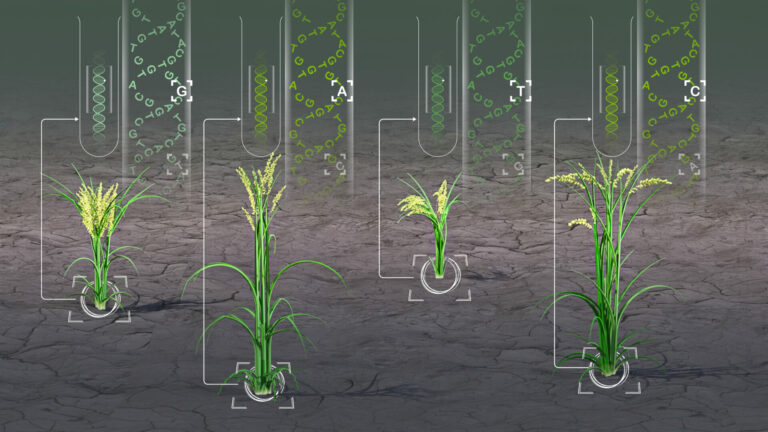
Bioengineering
Analytic tool reveals more cream of the crops
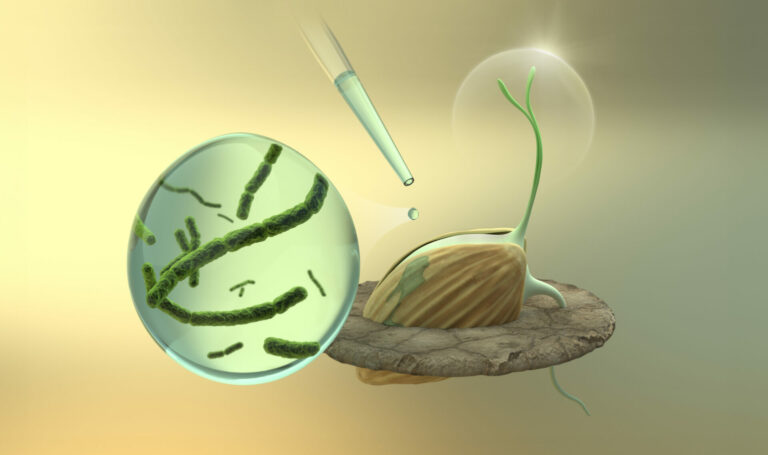
Plant Science




